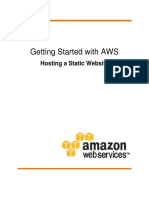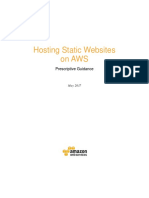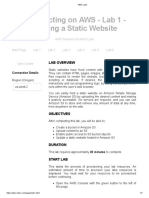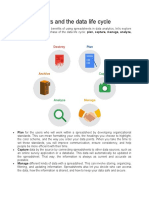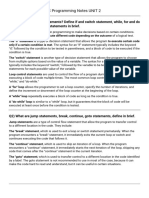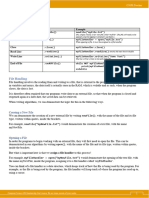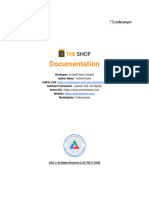0% found this document useful (0 votes)
37 views36 pagesCloud Computing and AWS
This document presents an exploration of Static Website Hosting using Amazon S3, detailing its advantages over traditional hosting, including scalability, security, and cost-effectiveness. It outlines the step-by-step process for deploying a static website, exemplified by a project for a local gym, and highlights the importance of cloud technology in modern web development. The document also discusses security considerations and future enhancements for cloud-based projects.
Uploaded by
shivammaminCopyright
© © All Rights Reserved
We take content rights seriously. If you suspect this is your content, claim it here.
Available Formats
Download as PPTX, PDF, TXT or read online on Scribd
0% found this document useful (0 votes)
37 views36 pagesCloud Computing and AWS
This document presents an exploration of Static Website Hosting using Amazon S3, detailing its advantages over traditional hosting, including scalability, security, and cost-effectiveness. It outlines the step-by-step process for deploying a static website, exemplified by a project for a local gym, and highlights the importance of cloud technology in modern web development. The document also discusses security considerations and future enhancements for cloud-based projects.
Uploaded by
shivammaminCopyright
© © All Rights Reserved
We take content rights seriously. If you suspect this is your content, claim it here.
Available Formats
Download as PPTX, PDF, TXT or read online on Scribd
/ 36



